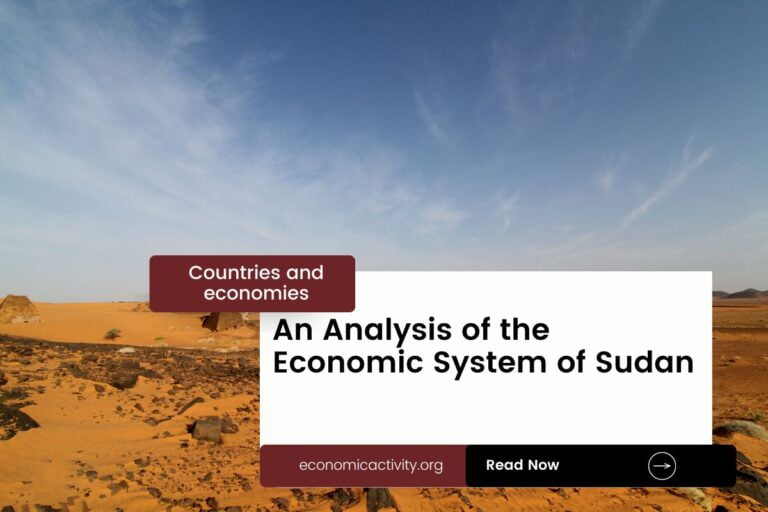Poland, with a population of 36,821,749, is ranked 39th in the world, just behind Morocco. Located in Central Europe, it covers a total area of 312,710 square kilometers, ranking 68th globally, just below Cote d’Ivoire.
Poland’s economic position in 2022 is robust, with a GDP of 688.13 billion USD, ranking 21st globally. It follows Switzerland, which has a GDP of 818.43 billion USD. In terms of GDP per capita, Poland ranks 55th with 18,688.00 USD, trailing behind French Polynesia with a GDP per capita of 18,984.85 USD.
Despite facing challenges, Poland’s economy continues to show resilience and potential for further growth in the coming years.
What are the economic activities of Poland?
- Primary activities: 2.4% of GDP.
- Secondary activities: 40.2% of GDP.
- Tertiary activities: 57.4% of GDP.

Primary Sector of Poland
The primary sector in Poland, particularly its agricultural activities, is vital to the country’s economy. With 47.37% of land dedicated to agriculture, Poland produces a diverse range of products including milk, sugar beets, wheat, maize, potatoes, triticale, apples, rapeseed, barley, and rye.
Despite contributing 2.4% to the GDP, agriculture plays a crucial role in providing employment and sustaining rural communities. The variety of crops and animal products highlights the sector’s importance, ensuring food security and supporting the agricultural industry’s growth.
With a diverse geological landscape, the primary sector thrives on abundant natural resources like coal, sulfur, copper, and natural gas. This sector also benefits from silver, lead, salt, amber, and extensive arable land, driving the economy through mining, agriculture, and energy production.
Poland’s oil economic activity contributes significantly to its economy, with a daily production of around 17,835 barrels and holding the 48th position in the world ranking. The country’s oil reserves stand at 137,752,000 barrels, representing 0.01% of the world’s total reserves.
Poland’s gas production of 6,132 million m³ in 2020 ranks it 48th in the world, contributing significantly to the country’s economic activity.
Secondary Sector of Poland
What is the secondary sector or what are secondary activities?
The secondary sector consists of industries that transform raw materials into finished products for consumption. In Poland, main industrial products include machine building, iron and steel, coal, chemicals, shipbuilding, food processing, glass, beverages, and textiles. These products play a crucial role in the country’s economy and contribute significantly to its industrial output.
Manufactures play a crucial role in Poland’s total exports, accounting for 76.98% in 2023. This highlights their significant contribution to the country’s economy and trade balance.
Tertiary sector of Poland
What is the tertiary sector or what are tertiary activities?
The tertiary sector in Poland encompasses various services where individuals provide knowledge and time to enhance productivity and meet needs. This sector involves intangible goods like advice and expertise, catering to both consumer and business-to-business services. Key tertiary activities in Poland include healthcare and medical care, education and training, banking and finance, tourism and hospitality, transportation and logistics, and telecommunications.
Specifically, Poland’s tourism industry significantly contributes to its economy, with 88,515,000 annual arrivals, equating to a 2.4039 tourist arrivals per capita ratio. Krakow’s historic Old Town and the Auschwitz-Birkenau Memorial are among the most popular destinations, attracting visitors from around the world and generating substantial revenue for the country.
Another example of tertiary economic activity is the mobile cellular sector, with over 52 million subscriptions, supporting technological growth by enhancing connectivity, fostering innovation, and driving digital services expansion.
Military Activities and Economic Sectors of Poland
The military is a key example of many economic activities in Poland. The primary sector supports the military by providing resources needed for operations. The secondary sector manufactures military equipment, ensuring soldiers have the tools they need. The tertiary sector includes services like logistics and medical support, while the quaternary sector focuses on research and development for advanced military technology. Lastly, the quinary sector involves high-level decision-making and strategy planning.
In 2023, Poland’s military expenditure was about $31.65 billion, which is 2.39% of its GDP. The country has an active military force of 114,050 personnel. This means there are approximately 4.9 active military members for every 1,000 people in Poland. These figures show how the military is intertwined with various economic activities in the nation.
International Trade of Poland
Import Activities of Poland

Poland’s import activities are of high importance, accounting for 61.25% of its GDP in 2023, totaling 3.41 quadrillion.
Poland’s key import activities include garments, crude petroleum, cars, vehicle parts/accessories, and plastic products. Its top import partners are Germany (23%), China (11%), Italy (5%), Netherlands (5%), and Czechia (4%).
Exports Activities of Poland

Poland’s total exports in 2023 reached 3.5467 trillion. With exports accounting for 62.69% of GDP, it plays a crucial role in the economy, indicating high importance.
Poland’s export activities are diverse, with key partners like Germany, Czechia, France, UK, and the Netherlands. The country mainly exports vehicle parts, plastic products, garments, electric batteries, and computers.
Poland economy challenges in 2024
Poland, a high-income EU member, faces challenges in 2024. Despite GDP growth, inflation and consumer demand slowdowns persist. Public debt rises due to income tax reform and increased defense spending. The country relies on foreign investment and EU funds for economic stability.




Leave a Reply